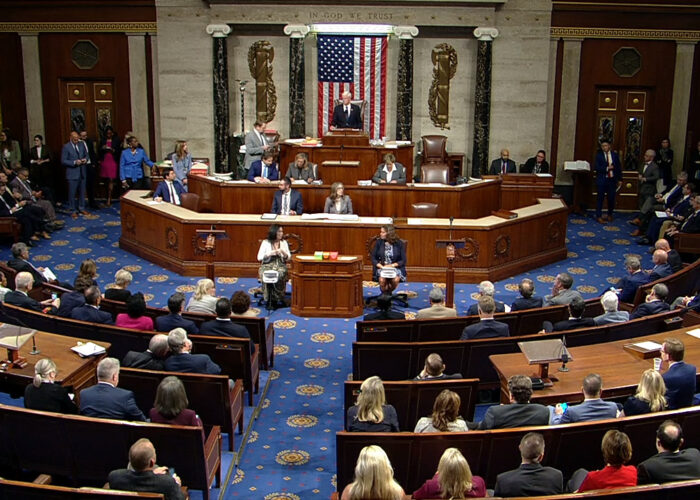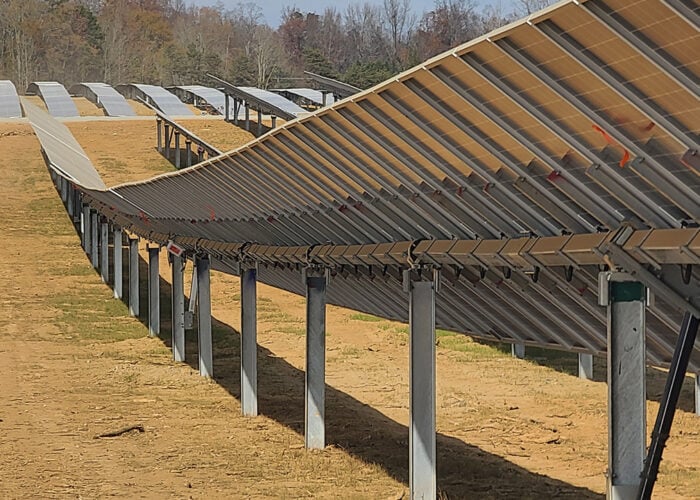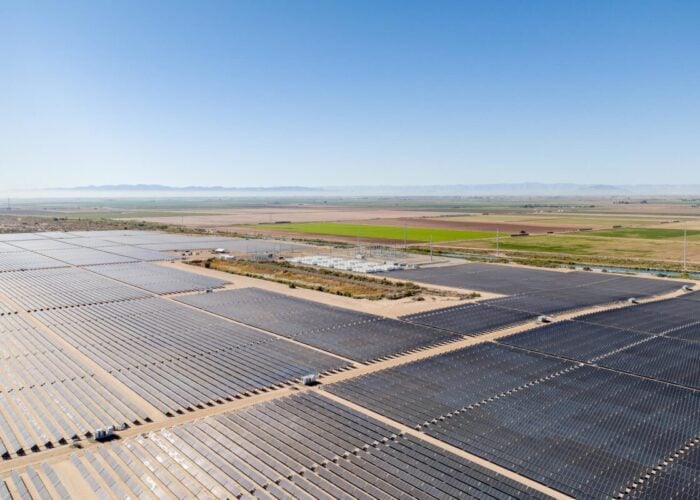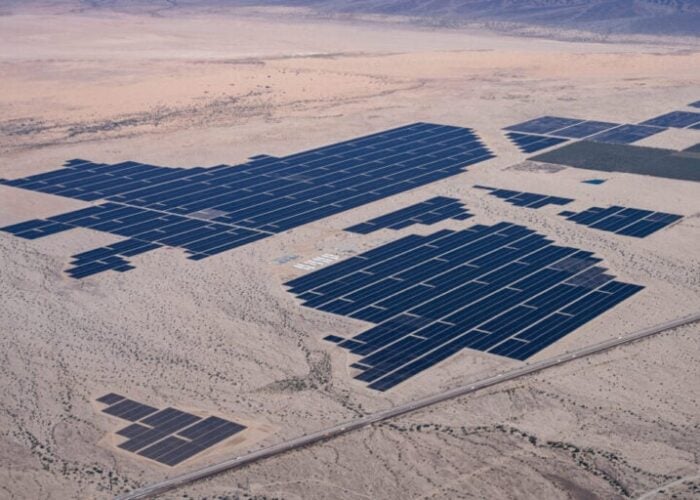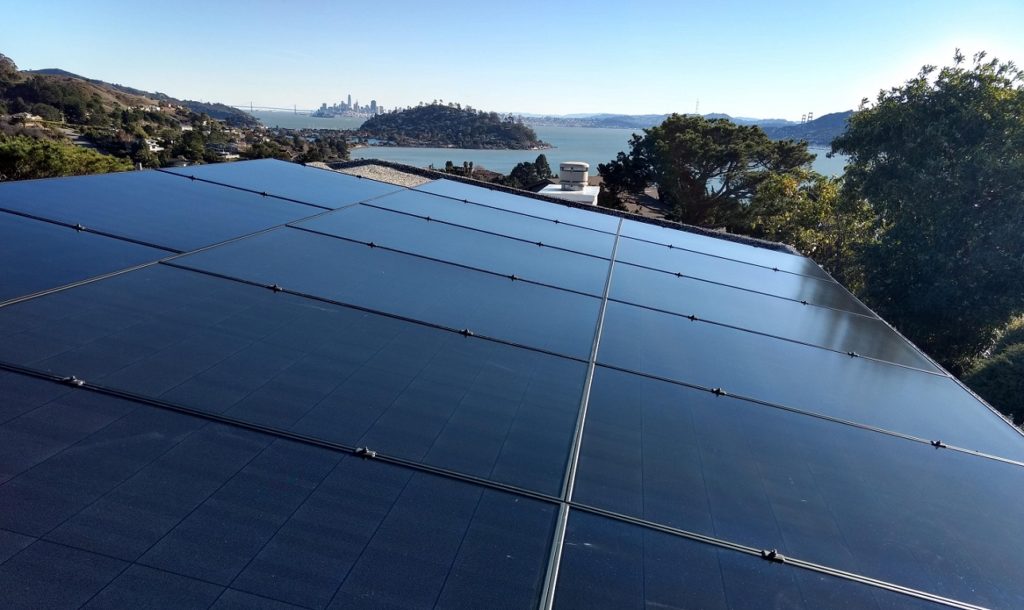
The US residential solar market saw its fifth consecutive record for both customer additions and quarterly installations in Q2 of this year as high energy prices and inflationary pressures caused demand to spike.
Within this, the residential loan market continued to dominate but longer-term the market can expect some changes following the passage of the US’ US$369 billion Inflation Reduction Act (IRA).
Unlock unlimited access for 12 whole months of distinctive global analysis
Photovoltaics International is now included.
- Regular insight and analysis of the industry’s biggest developments
- In-depth interviews with the industry’s leading figures
- Unlimited digital access to the PV Tech Power journal catalogue
- Unlimited digital access to the Photovoltaics International journal catalogue
- Access to more than 1,000 technical papers
- Discounts on Solar Media’s portfolio of events, in-person and virtual
The loan segment of the US residential solar market is set to grow 37% year-on-year in 2022, which will push its record market share levels to 68%, according to a recent analysis from Wood Mackenzie (WoodMac).
Volatile retail rates and rising utility bills have made loans in particular more attractive to consumers, and in the immediate future they are set to continue as the driving force within the residential market, WoodMac said
However, looking further forward, the proposed introduction of California’s long-awaited net energy metering (NEM) 3.0 programme in 2023 will impact the market as a whole, given California dominance in that space. The California Public Utilities Commission (CPUC) has been uncertain over the programme, their initial proposal having been met with significant backlash from consumers, trade bodies and politicians.
The proposal would introduce higher monthly – as opposed to annual – charges to customers and significantly lessen monthly savings. This would lead to a 6% contraction in the loan segment and 3% in the third-party ownership (TPO) segment of the market.
Though it also grew by 28% year-over-year in 2022, the TPO segment of the market was vastly outstripped by the loans segment. But, in addition to the loan market contractions from NEM 3.0, TPO will have a pricing advantage in the 2023 Californian market due to the Investment Tax Credit (ITC) contained with the IRA.
The ITC makes tax credits available for the production of renewable energy projects, which will reduce the price of third-party installations. As such, the TPO segment is forecasted to begin increasing its share in 2023, with the more significant shift occurring in 2024-26 when providers have learned how to best harness the adders, which are current subject to much uncertainty
As a whole, the residential market is continuing to consolidate under the big players. GoodLeap grew its volumes in H1 2022 by 65%, retaining its position as the top loan provider, whilst Sunrun – a TPO provider – grew its volumes 12% and commanded 61% of the TPO market share in H1 2022.
Both segments have reported price rises this year as interest rates rise and inflation continues. Many loan providers are ceasing to offer zero and low APR products and are increasing dealer fees. Higher retail rates have allowed loan customers to continue making monthly savings. However, over time, and coupled with forecasted growth in the TPO segment, the challenges to the customer-ownership portion of the market are set to mount.

